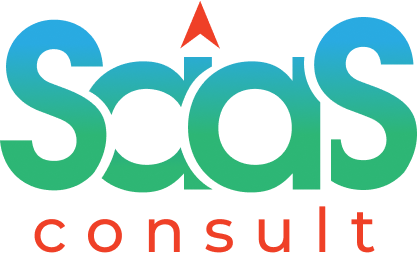What is Product adoption
Product adoption refers to the process by which customers become aware of, try, and integrate a new product into their lives or business operations. It involves the customer’s decision-making process, from initial awareness to making a purchase and ultimately using the product regularly. Here are some key points about product adoption:
1. Awareness: The first stage of product adoption is creating awareness among the target audience. This involves marketing efforts such as advertising, social media campaigns, content marketing, and word-of-mouth referrals. The goal is to generate interest and attract potential customers to learn more about the product.
2. Interest and Evaluation: Once customers become aware of a product, they may show interest and begin evaluating its features, benefits, and value proposition. They might compare it with competing products, read reviews, and seek recommendations. Clear and compelling product messaging and informative content can help facilitate this evaluation process.
3. Trial and Initial Purchase: During this stage, customers decide to try the product by making an initial purchase or signing up for a free trial. The experience during the trial period is crucial as it shapes their perception of the product and determines whether they will continue using it.
4. Adoption and Regular Use: If customers find value in the product, they move into the adoption stage. They integrate the product into their routine or workflow and start using it regularly. This stage is characterized by a positive user experience, satisfaction with the product’s performance, and meeting their needs or solving their problems.
5. Expansion and Advocacy: Customers who have adopted the product may become advocates and refer it to others. They may expand their usage, upgrade to higher-tier plans or additional features, or purchase related products or services from the same company. Positive experiences and results contribute to customer loyalty and the potential for customer lifetime value.
6. Churn and Retention: Product adoption is not a linear process, and some customers may discontinue their usage or stop being active users. Churn refers to the rate at which customers leave or stop using a product. Retention strategies, such as providing excellent customer support, ongoing value delivery, and continuous product improvements, are crucial for reducing churn and retaining customers.
Understanding the stages of product adoption helps businesses identify potential barriers or bottlenecks that may hinder customer progression through the adoption process. By focusing on effective marketing, delivering a seamless user experience, and providing ongoing value, businesses can increase product adoption rates, customer satisfaction, and overall success in the market.

